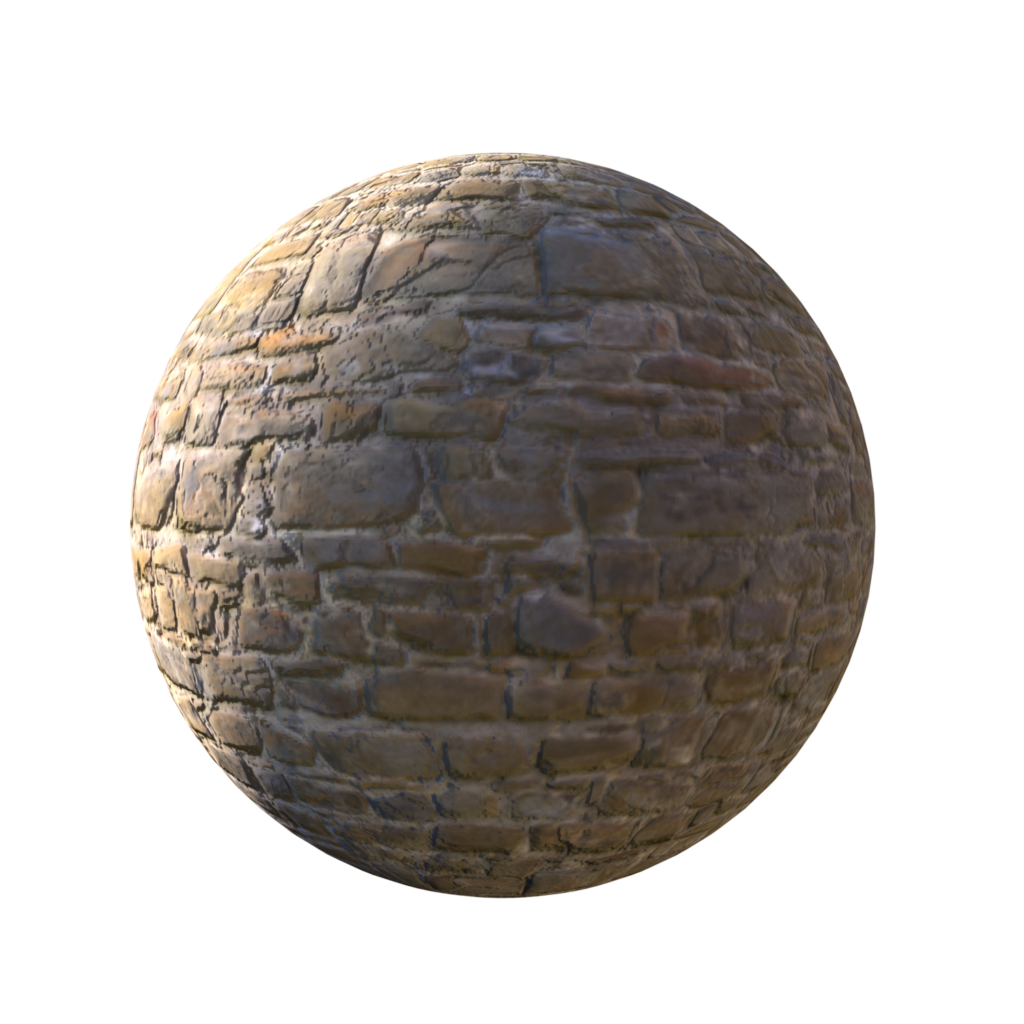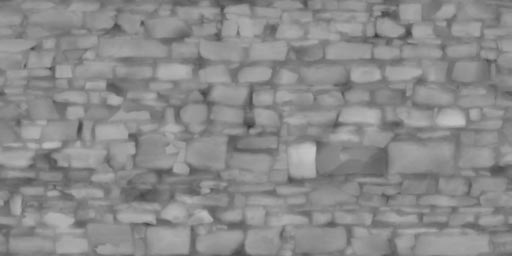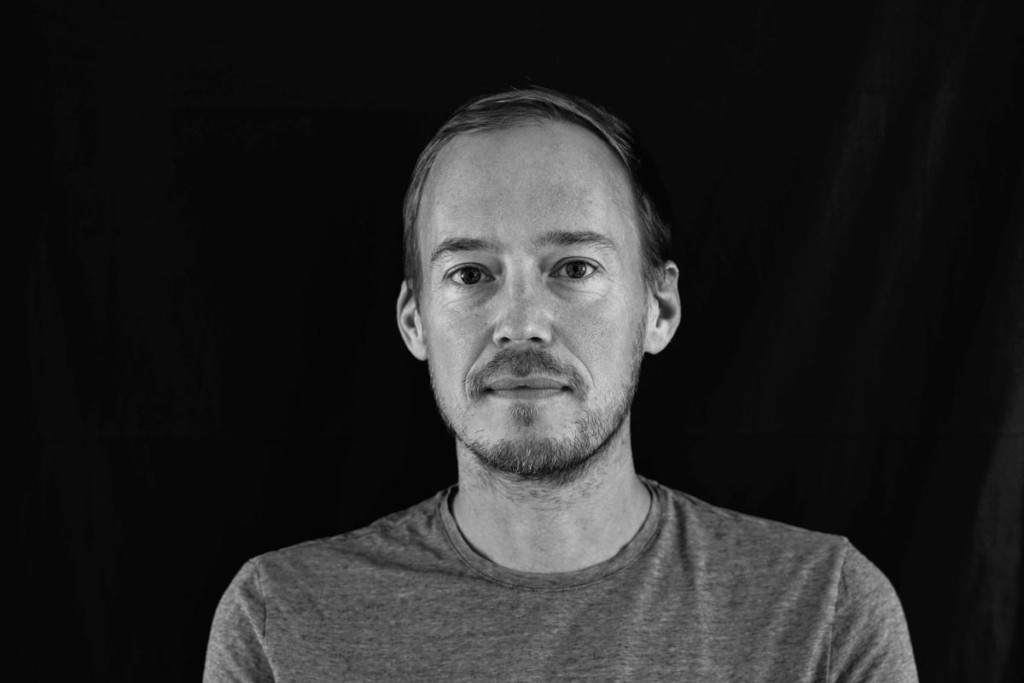Overview
What is the difference between bump map, normal map, normal parallax map and displacement map?
Overview
How do bump, Normal-, parallax Normal and displacement map?
What are the advantages and disadvantages?
What is used for what?
As a company specializing in 3D presentations, we often receive inquiries about the differences between the various techniques used in the 3D sector.
We are of course happy to answer these questions and would also like to provide interested parties with some helpful information on this topic in our blog.
In this context, this article is intended to provide an initial insight into common methods for designing textures.
We would like to briefly introduce the bump map, normal map, parallax normal map and displacement map methods and outline the main advantages and disadvantages as well as fields of application.
Each of the techniques – which can also be combined with each other – is characterized by individual strengths and weaknesses. For the sake of better comprehensibility and greater clarity, we have avoided technical jargon as far as possible, so that 3D professionals may find some of the illustrations blurred.
1.
What is a bump map and what is it used for?
EVERYTHING BRIEFLY SUMMARIZED

Main feature: Illusion of depth is created, geometry is not changed.
(spherical edges remain round)
Bump maps – sometimes just called “bumps” for short – are one of the older types of map and were developed by James F. Blinn back in 1978. They can be used to increase the richness of detail of three-dimensional objects without increasing the complexity or resolution of the model. In a sense, it is a trick that gives a model the illusion of depth, whereby the unevenness on the surface is merely simulated. In this context, experts say that the geometry of the object does not change. The images consist of different shades of gray, black and white. However, the color information is only limited to 8 bits or 256 different shades. In practice, the technique is mainly used to display details on (3D) models. These can be skin folds or animal scales, for example.
How do Bump Maps ?


Bump maps work like computer binary systems.
Instead of “1” or “0” , however, they tell the 3D software either “up” or “brighter” or “down” or “darker”.
The color representation ranges from deep black (value: 0) to pure white (value: 255).
The human eye interprets the different shades of gray on the surface of the model as differences in height or details.
Accordingly, objects with uniform shades of gray appear less detailed and those with a wider range of shades of gray appear more detailed.
What are the advantages and disadvantages of bump maps?
Bump maps require little computing power.
In addition, they can be created and modified with relatively little effort using common 2D or 3D programs – including Photoshop.
In view of the low requirements, the result is quite appealing.
However, at unsuitable – usually very flat – viewing angles, the display appears unrealistically distorted.
Because it is ultimately only an illusion, the silhouette does not change.
2.
What is a NORMAL map and what is it used for?
ALL INFORMATION AT A GLANCE
Normal maps are a further development of bumps.
Here, too, the (depth) details that make a model appear more realistic are merely an illusion.
The technology is mainly used in computer and video games as well as modern smartphone games.
A distinction can also be made between object space maps and tangent space maps.
While the former are well suited to static objects, the latter are particularly effective with characters.
The special features of the Parallax Normal Map
The parallax normal map is a variant of the normal map, but it is so important that it deserves its own paragraph.
The process was developed by a group led by Tomomichi Kaneko in 2001.
Here, object surfaces are given a more pronounced depth and appear even more realistic without significantly increasing the computational effort.
In contrast to the other methods presented so far, the respective viewing angle is explicitly taken into account.
This is because the technology relies on shifting the texture coordinates of each pixel using a function of the viewing angle.
If the viewing angle is flatter, the texture coordinates shift more and create an impressive plasticity thanks to the so-called parallax effect.
This map is particularly suitable for giving an illusion of depth to floor or wall areas that are not too large.
How do Normal Maps ?
The illusion provided by normal maps is somewhat more complex.
This is because RGB textures are used here instead of grayscale images.
In three-dimensional space, these represent positions in a coordinate system on the X, Y and Z axes.
This means that each red, green or blue color information represents the X, Y or Z dimension.
Accordingly, RGB information shows the 3D program the orientation of a specific polygon and its shading.
What are the advantages and disadvantages of normal maps?
Normal maps deliver better results than bumps in various scenarios and are passably integrated into most graphics program models.
However, they share some typical weaknesses – such as their dependence on the viewing angle.
In general, the steeper the angle, the weaker the effect.
Here too, the geometry of the object surface remains unchanged.
However, the creation and modification is more difficult with many classic 2D graphics programs such as Photoshop.
Nevertheless, there are a few exceptions, such as the software Mari.
3.
What is a DISPLACEMENT map and what is it used for?
THE OVERVIEW – ALL INFORMATION
A displacement map can be used to modify object surfaces so that they appear significantly more realistic and detailed.
In contrast to the other methods, however, this is done by changing the object geometry.
This means that the polygon mesh of the object also changes.
The technology is used, for example, in sophisticated projects in the field of virtual or augmented reality and is also particularly suitable for large-scale modifications, where other maps sometimes reach their limits.
How do Displacement maps ?
Like bumps, displacement maps also consist of values from different shades of gray.
However, the color information is not limited to 8 bits.
Rather, maps with 16 or 32 bits – and a correspondingly larger number of color tones – can also be created.
This almost always improves the display and minimizes disturbances such as artefacts.
Before the map is created, the complex polygon mesh of the respective object is usually subdivided into areas that are easier to handle – such as triangles or squares.
What are the advantages and disadvantages of displacement maps?
In contrast to many other methods, displacement mapschange the geometry of the object.
This prevents the “illusion from collapsing” when parameters such as the viewing angle change.
Both a high-resolution model and a simple object can serve as the basis, which is then given additional details.
However, creating the new geometries in real time places considerable demands on systems and 3D programs.
Users must decide individually for each project whether this greater effort – compared to the other techniques – outweighs the expected benefits.
4.
Software tip
THIS HELPS TO CREATE THE MAPS
Crazy Bump is a small software tool to easily generate bump, normal, spec or displacement maps. Photos or textures can be fed in here. The software generates the required maps – without any detours, e.g. via Photoshop.
What is the future of bump-normal or displacement mapping.
It is not yet possible to say exactly which direction it will take in the future.
The fact is that development is progressing rapidly in all areas and the various 3D software programs and rendering engines are completely integrating or simplifying many techniques.
A super exciting approach is that of Unreal Engine with the two new core technologies Nanite and Lumen. This could revolutionize the entire mapping process as we have it today.
A great video – really impressive what will soon be possible.
You are currently viewing a placeholder content from YouTube. To access the actual content, click the button below. Please note that doing so will share data with third-party providers.
More Information
